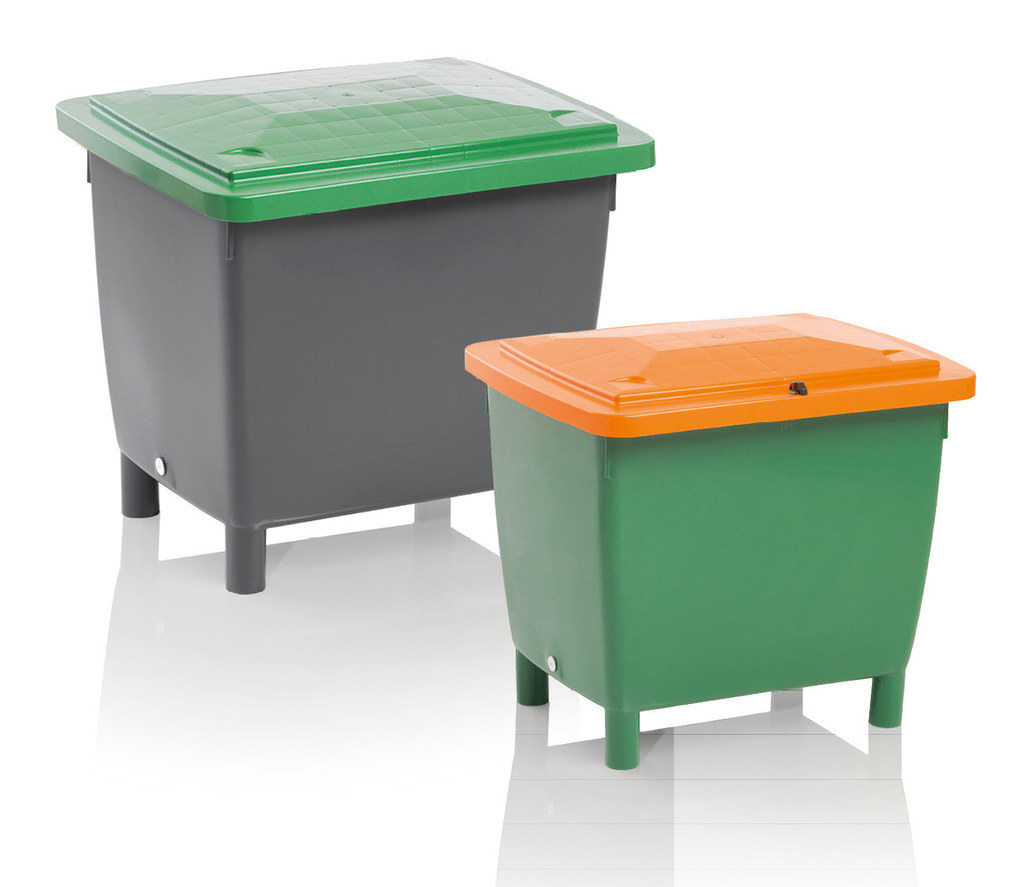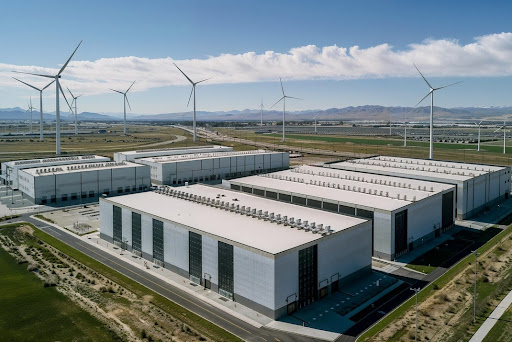The environmental cost of plastic continues to be a concern, but the storage industry is leading the move to responsible answers. Regrind programs take in end-of-life bins and grind them down into pellets that go into manufacturing new product lines, forming an internal circular economy. Polymers developed from natural sources – such as sugarcane or corn starch – now match the mechanical properties of petroleum-based HDPE, enabling manufacturers to offer carbon-neutral Industrial Plastic Bins.
Life-cycle assessments show that a single reusable tote can take the place of hundreds of single-use corrugated cartons over a decade — and drastically reduce greenhouse gas emissions before even taking into account recyclability. Masterbatch suppliers produce masterbatches that are heavy-metal free (RoHS, REACH). Some attach QR codes embedded with links to digital passports that specify the resin’s origin, types of additives used and even recycling routes, to track it back through the chain of use. Elsewhere, rental pooling solutions facilitate the sharing of fleets of Heavy duty plastic bins between multiple clients, ensuring these assets are fully utilized and that environmental impact is dispersed across supply networks.
Compliance and Standards of Plastic Bins
Except the dirtiest and most contaminated applications, Heavy-duty plastic bins are subject to a thicket of regional and international laws that regulate everything from food contact to fire retardancy and, increasingly, the handprint of the facilities in which they are produced. In Europe, for example, static load limits and stress-crack resistance are mandated for reusable transport packaging to the EN 12507 standard; in the U.S., the Occupational Safety and Health Administration provides explicit guidelines as to maximum manual handling weights and safe retrieval.
Platform ladders make for a far more engineered parallel requirement when racks are taller than two meters. Pharma facilities, for temperature-sensitive drugs, must comply with USP, requiring the storage provider to certify the integrity of the polymer to minus twenty degrees. For the aerospace industry, MIL-STD-810 uses altitude, vibration, and accelerated aging tests which simulate a decade of field abuse in a matter of weeks on its Industrial Plastic Bins. Aligning their procurement policies with these standards from the start allows companies to skip expensive retrofits, improve worker safety, and speed up third-party audits, providing businesses with an edge in tightly regulated markets.
Cleaning Protocol for High-Risk Sites
The pandemic made it starkly clear how quickly pathogens can disrupt workflow, and companies have since been revisiting their bin-sanitisation procedures. So, in food processing, which still typically uses white containers, they’re using tunnel washers, which blast 80 °C water and biodegradable surfactants at high pressure, the sort of regime only polymers with a high heat-deflection temperature, like glass-reinforced polypropylene, can survive. Breweries have shower rinses that use peracetic acid, which would eat through an aluminum tote in a few weeks, but our plastic bins flare the toxic deluge and never lose any colour. Hospitals deploy ultraviolet-C light chambers for non-porous surfaces; to increase the germicidal reach, bin manufacturers are already molding slight internal ribs that leave shadow zones. As employees return to retrieve decontaminated totes from high shelving, easily integrated Platform ladders with an antimicrobial powder-coated rail prevent pathogens from re-entering the environment on touchpoints, sealing the hygiene loop from storage to delivery and return.
Prospects: The Storage, Mobility and Intelligence
In the decades to come, we can anticipate that containers will progress from being passive jeeps to be active co-workers. Sensor arrays powered by the sun will collect ambient light in skylight warehouses, fuelling onboard processors that execute real-time vibration analytics. Heavy-duty plastic bins on omnidirectional wheels could be using swarm algorithms to optimally self-aggregate around pick stations and halve the human walk distance. Exoskeleton lightening structures incorporated in Platform ladders could supplement the lifting force of an operator, without necessarily motors, by uniting mechanical leverage and musculoskeletal support. As sustainability dictates tighten, the bio-sourced polymers and advanced recycling chemistries are going to make it the storage virtually carbon neutral.” So the next big frontier in logistics is no longer a question of ever-larger buildings but of smarter, more dexterous containers and more intelligent access tools that work seamlessly with people and machines — upending the economics of global motion one bin at a time.



